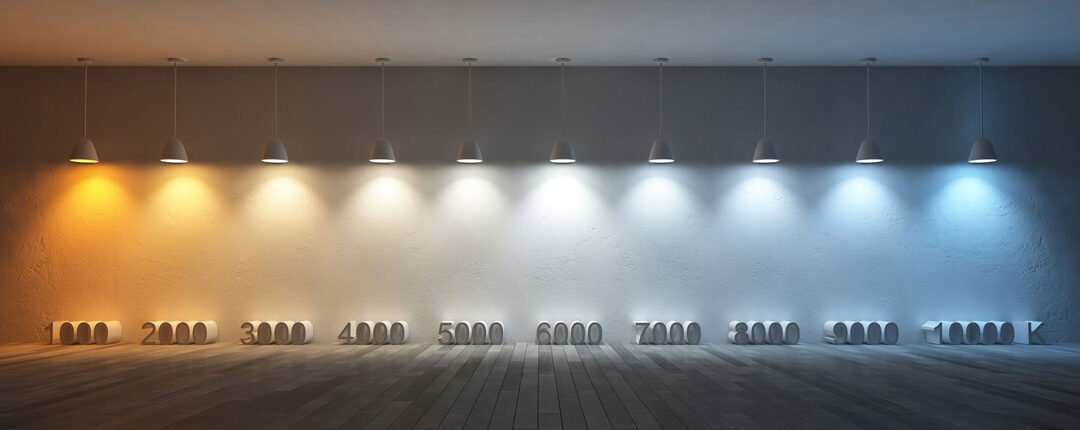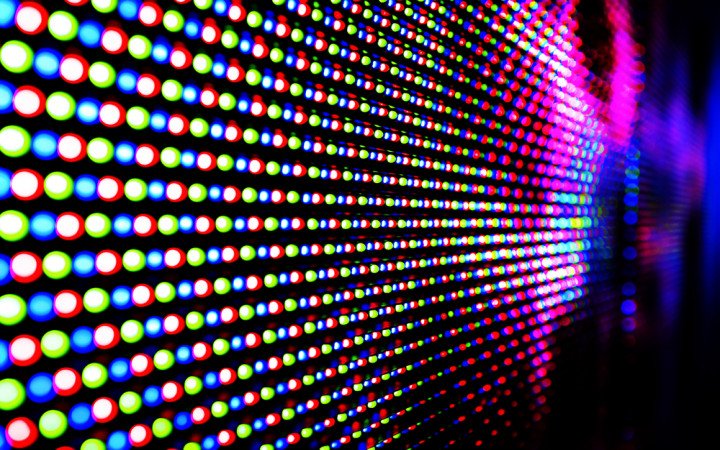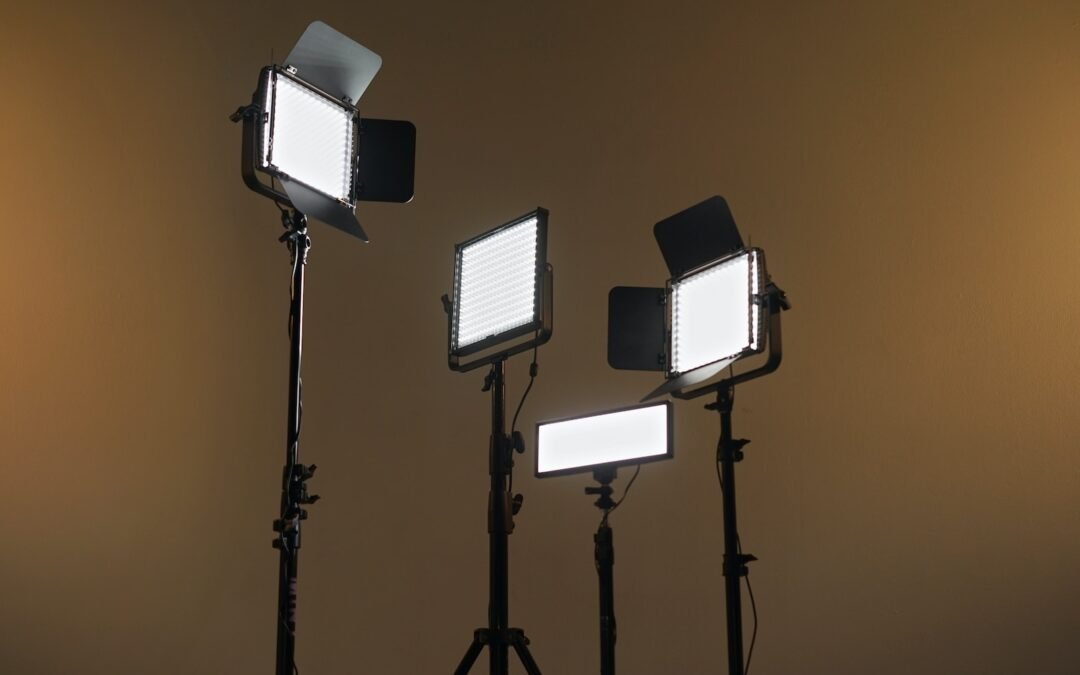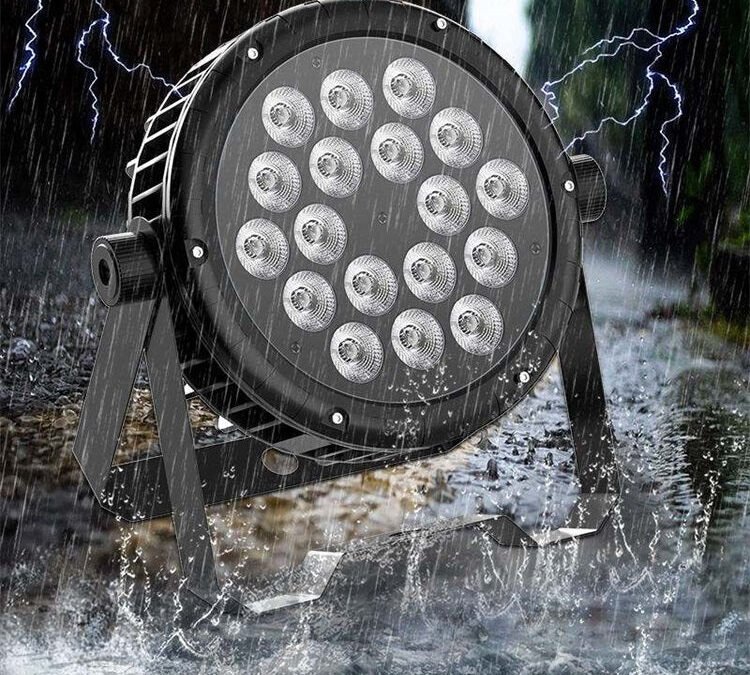IVL stands for "Induction Vapor Lamp," which is a type of lighting technology that...

What is IVL lighting?
read more

IVL stands for "Induction Vapor Lamp," which is a type of lighting technology that...

Lighting temperature is a measurement of the color appearance of light emitted by a...

LED (Light Emitting Diode) technology has revolutionized the field of professional lighting, offering numerous...

Halogen, incandescent, fluorescent, and LED are four types of light bulbs commonly used in...

Lighting is an essential element in creating a captivating and immersive experience in various...

IP rating, also known as Ingress Protection rating or International Protection rating, is a...